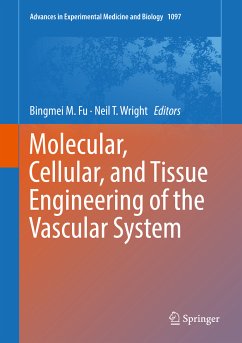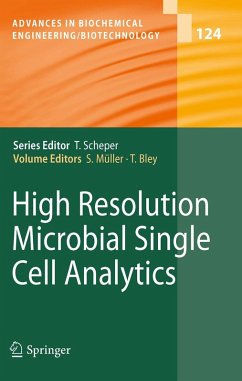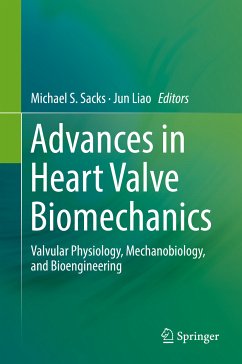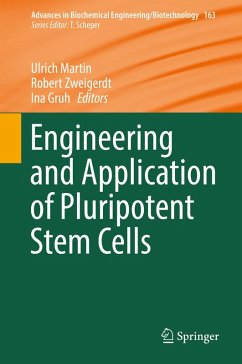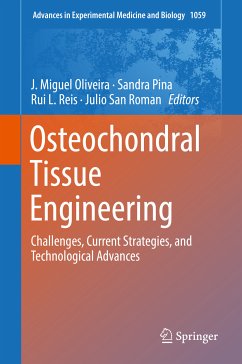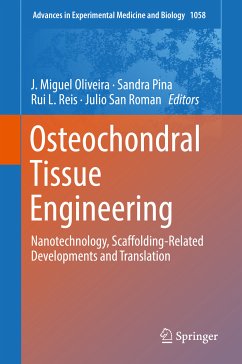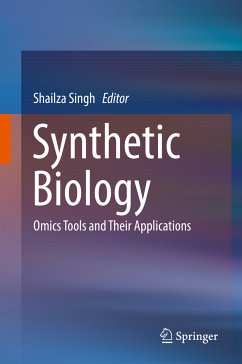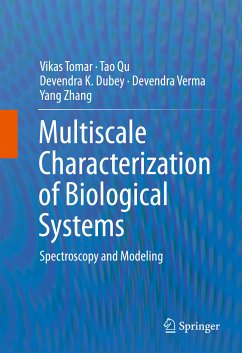
Multi-Parametric Live Cell Microscopy of 3D Tissue Models (eBook, PDF)

PAYBACK Punkte
52 °P sammeln!
This book provides an essential overview of existing state-of-the-art quantitative imaging methodologies and protocols (intensity-based ratiometric and FLIM/ PLIM). A variety of applications are covered, including multi-parametric quantitative imaging in intestinal organoid culture, autofluorescence imaging in cancer and stem cell biology, Ca2+ imaging in neural ex vivo tissue models, as well as multi-parametric imaging of pH and viscosity in cancer biology. The current state-of-the-art of 3D tissue models and their compatibility with live cell imaging is also covered. This is an ideal book fo...
This book provides an essential overview of existing state-of-the-art quantitative imaging methodologies and protocols (intensity-based ratiometric and FLIM/ PLIM). A variety of applications are covered, including multi-parametric quantitative imaging in intestinal organoid culture, autofluorescence imaging in cancer and stem cell biology, Ca2+ imaging in neural ex vivo tissue models, as well as multi-parametric imaging of pH and viscosity in cancer biology. The current state-of-the-art of 3D tissue models and their compatibility with live cell imaging is also covered. This is an ideal book for specialists working in tissue engineering and designing novel biomaterial.
Dieser Download kann aus rechtlichen Gründen nur mit Rechnungsadresse in A, B, BG, CY, CZ, D, DK, EW, E, FIN, F, GR, HR, H, IRL, I, LT, L, LR, M, NL, PL, P, R, S, SLO, SK ausgeliefert werden.



